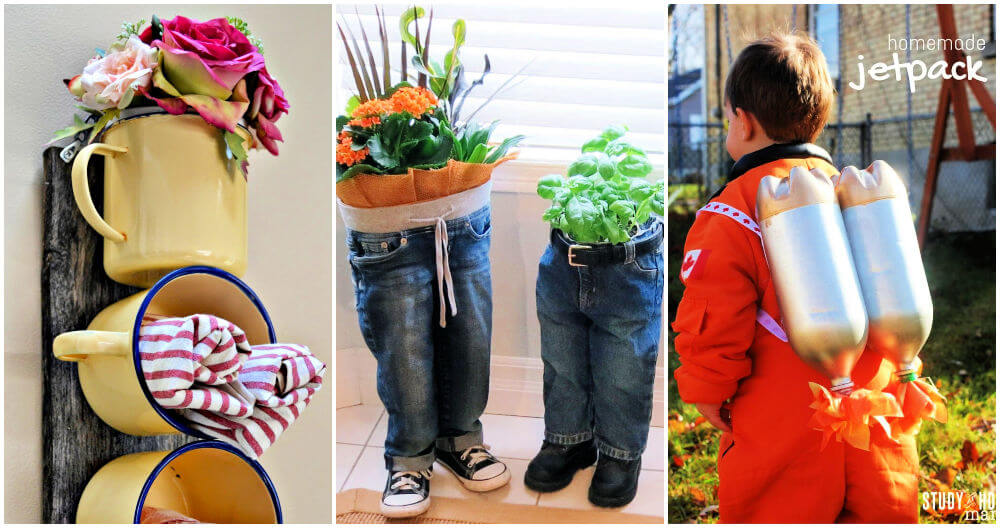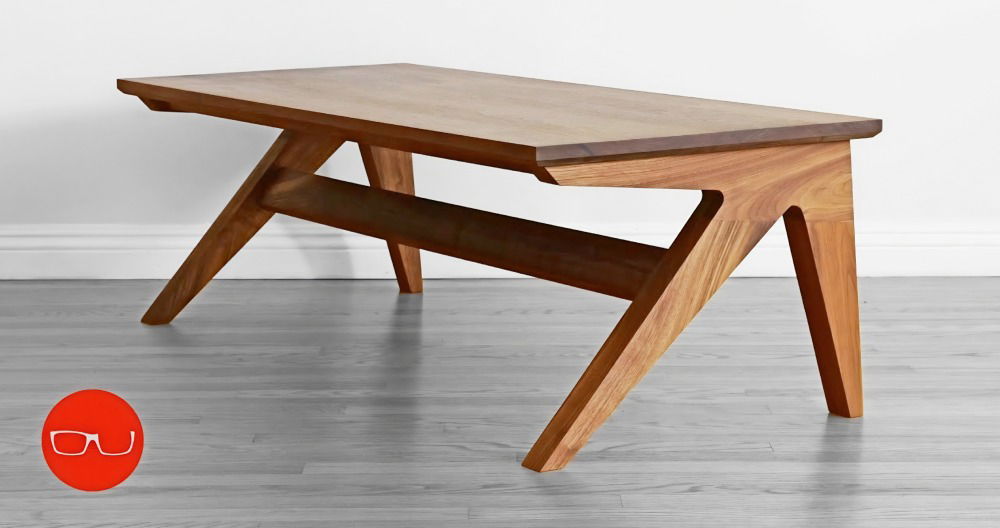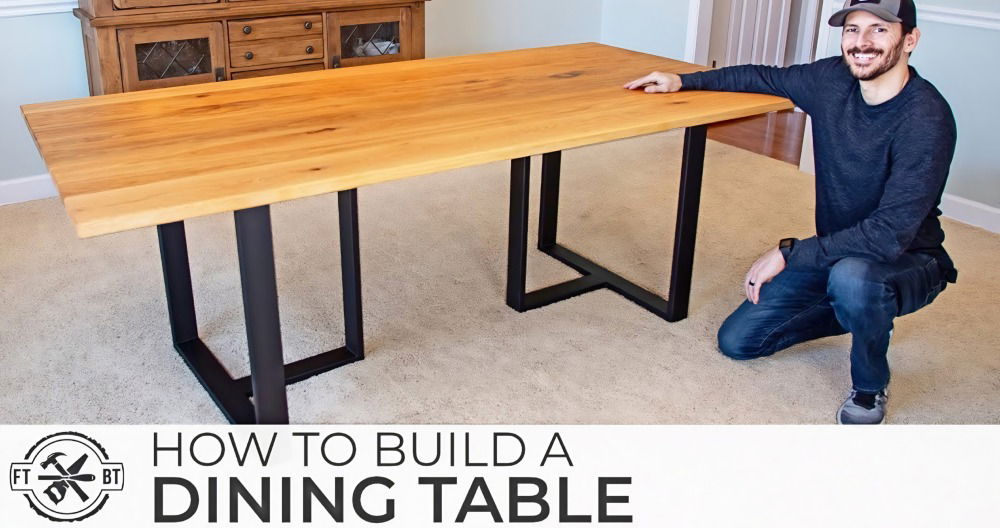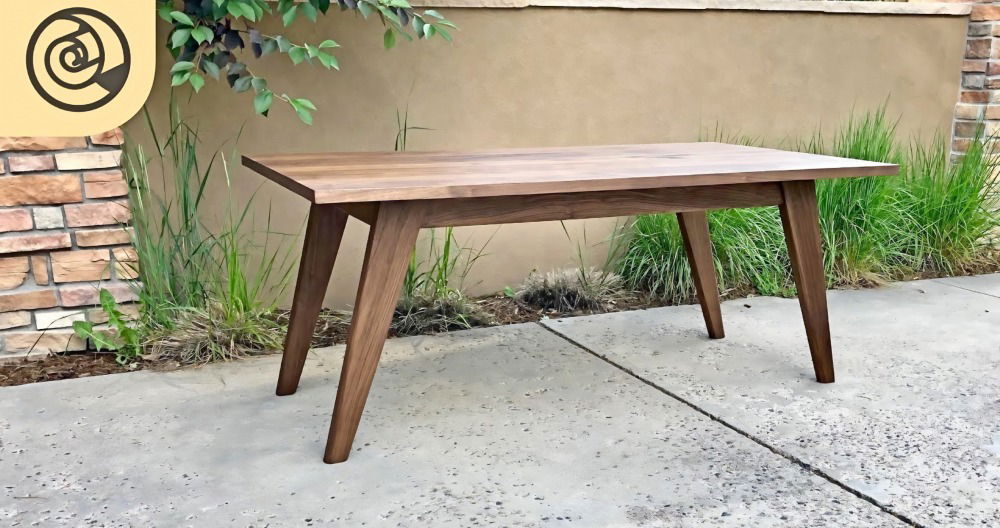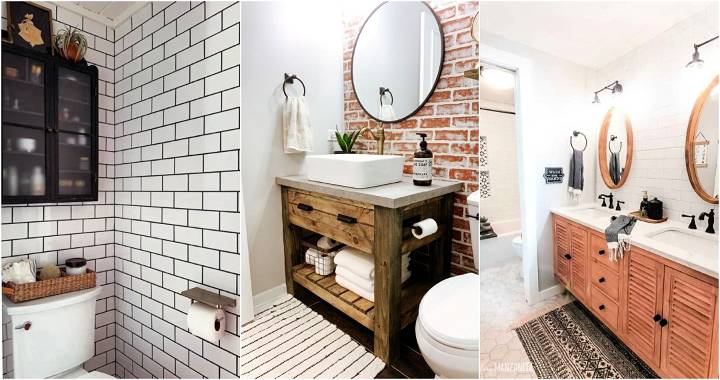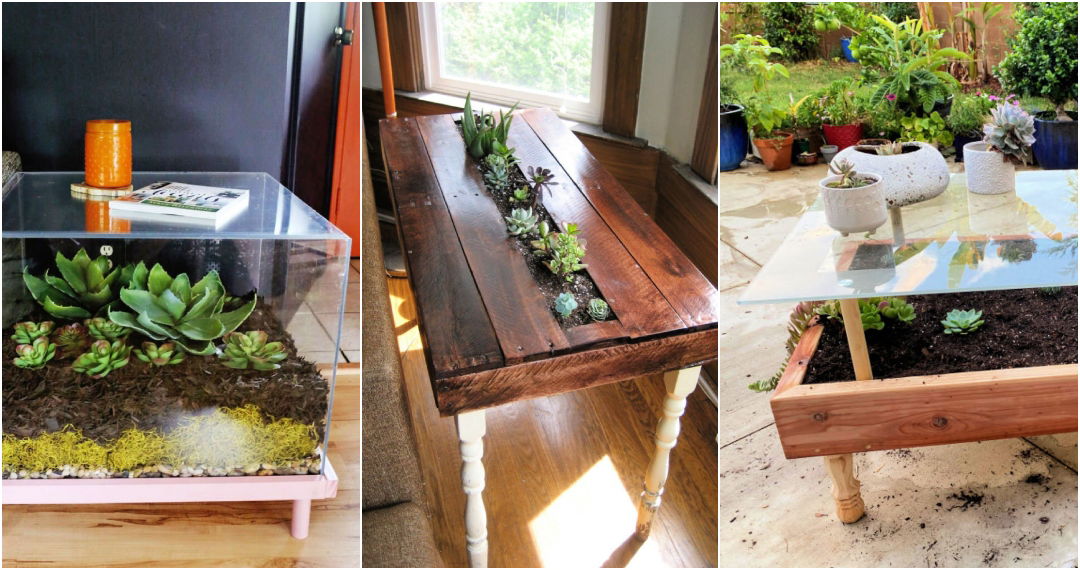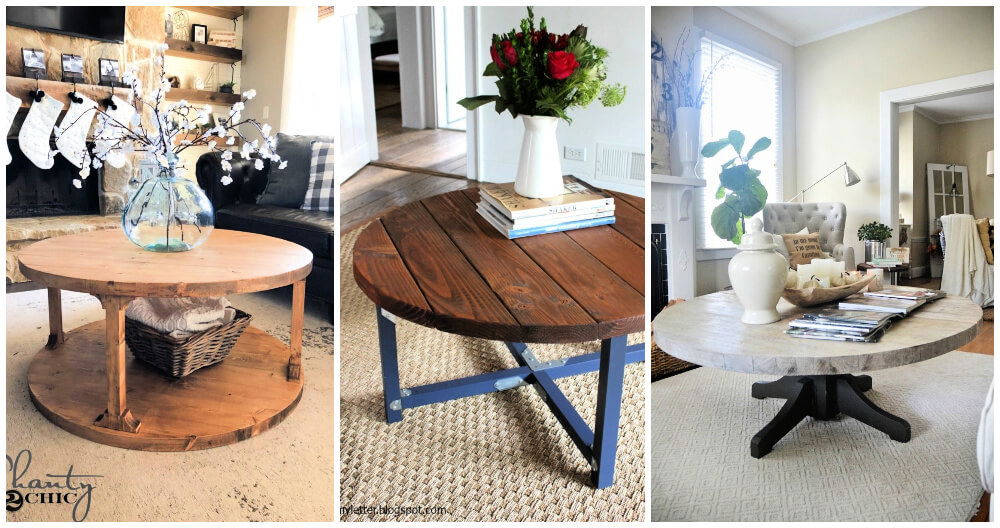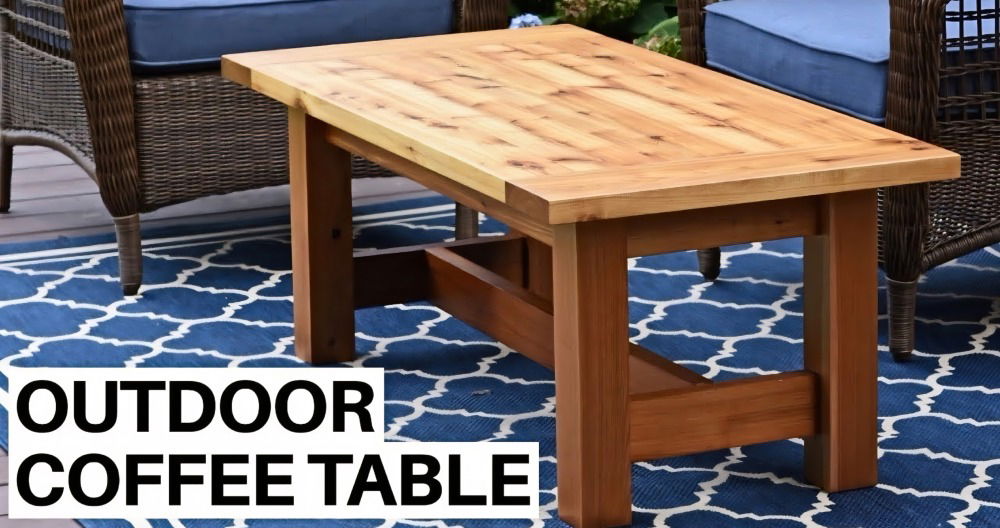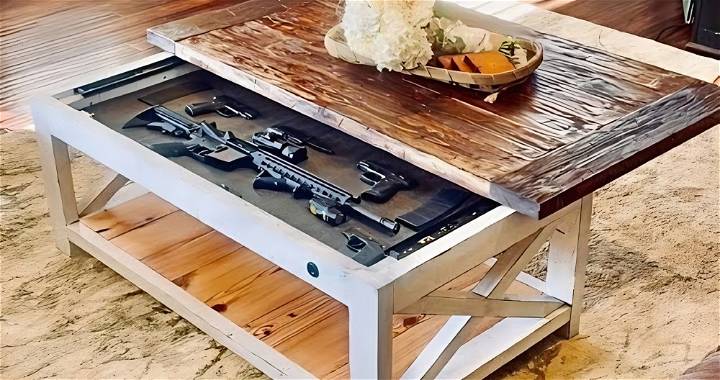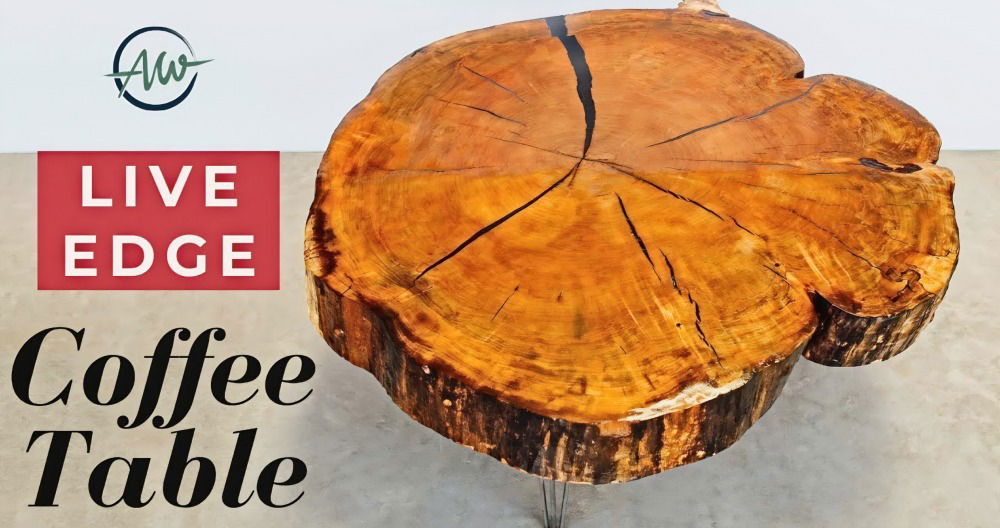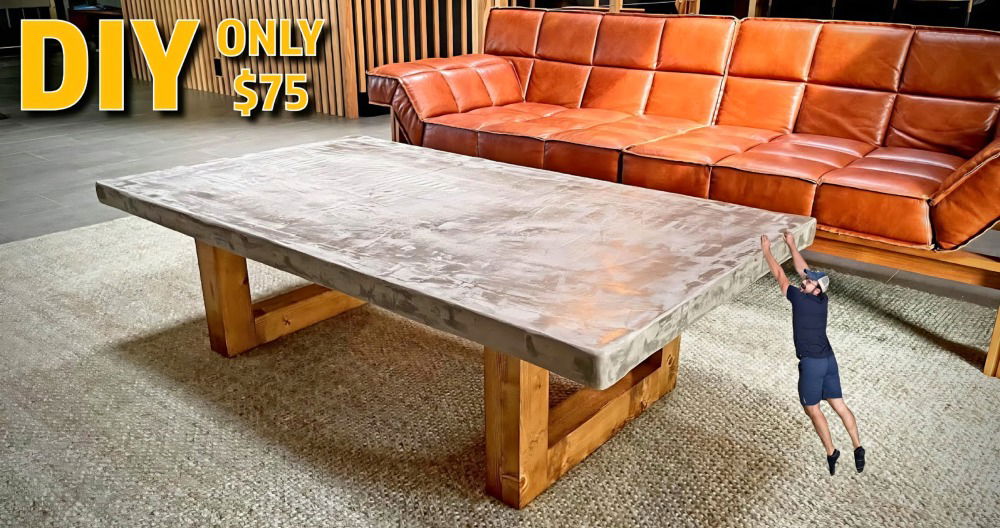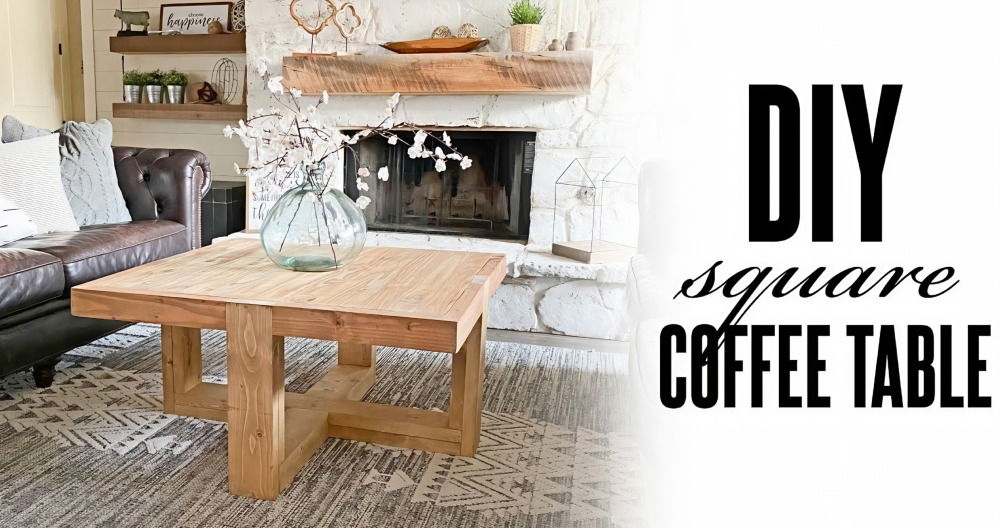As a longtime enthusiast of DIY projects and someone with a particular love for crafting furniture, I recently embarked on a project to build a modern coffee table. The aim was not just to build something that looked delicate and stylish but also to ensure it was sturdy and functional. Here, I'll take you through my step-by-step process, enriched with valuable insights and practical advice, to help you achieve a similar result.
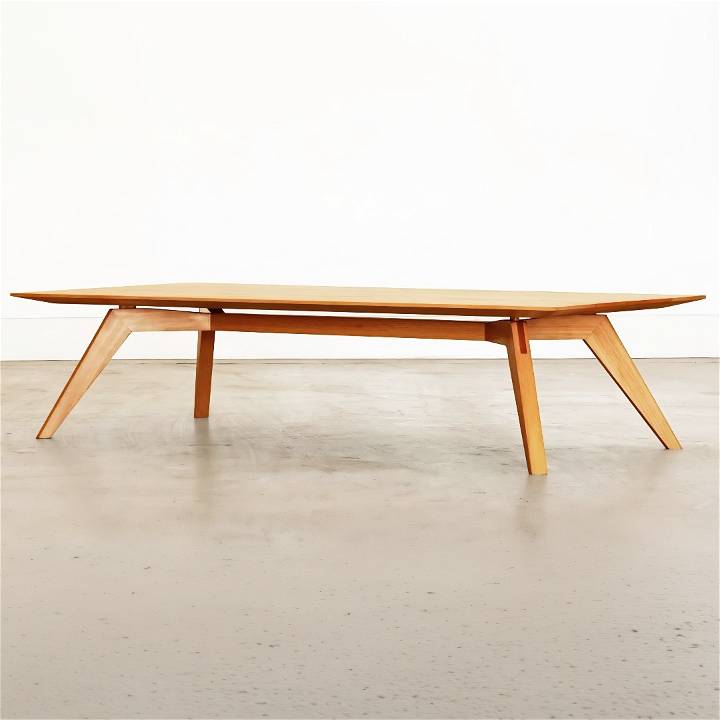
Materials Needed:
- Lumber (for legs, stretchers, and the tabletop)
- Wood glue
- Dowels or Dominoes
- Spline (optional for extra strength)
- Sandpaper (various grits)
- Wood finish of your choice
Each material plays a critical role. The lumber is the skeleton of your table, while the wood glue and dowels (or Dominoes) ensure the structure holds together firmly. The optional spline can add a decorative touch and additional strength to the joints. Sandpaper will smooth your table to perfection, and the wood finish will protect and accentuate the wood's natural beauty.
Step by Step Instructions
Learn how to build a table with step-by-step instructions, from designing and cutting to assembling and finishing touches.
Step 1: Design and Planning
Before cutting any wood, I spent time sketching the table design. I decided to update an old design I made years ago, refining the dimensions and geometry to suit modern aesthetics better. Planning is crucial here; it's about envisioning the piece and solving any potential design issues ahead of the actual build.
Step 2: Cutting and Shaping the Legs
Using a cross-cut sled on my table saw, I cut the lumber into oversized chunks before shaping them into parallelograms. This technique is perfect for making the four legs of the table. I then marked and cut them to their final tapered shape, ensuring they matched perfectly for a balanced table.
Step 3: Cutting the Miters
After shaping the legs, I cut miters into both the legs and the stretchers. I prefer using a sled for this part as it offers precision and consistency, essential for the clean assembly of the table's frame.
Step 4: Assembling the Leg Sub-Assemblies
With all the miters cut, I glued and clamped the leg sub-assemblies together, using dowels for strength. Here, patience is key. Ensuring everything is perfectly aligned before the glue dries is crucial for the table's integrity.
Step 5: Attaching Legs to the Stretchers
Once the glue on the sub-assemblies dried, I attached the legs to the stretchers. Depending on your preference, this can be done with dowels, Dominoes, or even pocket screws. Although some purists might scoff at using pocket screws in furniture making, I find them perfectly acceptable for parts of the project that aren't visible.
Step 6: Building the Tabletop
The tabletop was my favorite part. I chose a slab of beautiful hardwood and spent considerable time sanding it down before finishing with a natural wood sealant. This step is about patience and attention to detail. The smoother the top, the more professional the final product will look.
Step 7: Finishing Touches
After attaching the top to the frame using floating tenons for a sturdy and almost seamless join, I applied a final sanding and added a wood finish. The choice of finish can dramatically affect the table's look and feel, so I recommend testing on a scrap piece of wood before applying it to the table.
Maintaining and Caring for Your Modern Coffee Table
Your modern coffee table is not just a functional piece of furniture; it's also a stylish centerpiece in your living space. To ensure it stays in top condition and continues to enhance your home, follow these practical tips for maintenance and care:
1. Regular Cleaning
- Dust Removal: Dust your coffee table regularly using a soft, lint-free cloth or a microfiber duster. This prevents the accumulation of dirt and maintains its polished appearance.
- Spill Cleanup: Accidents happen! If you spill liquids or food on the table, wipe them off promptly with a damp cloth. Avoid using abrasive materials that could scratch the surface.
2. Surface Protection
- Coasters and Mats: Place coasters or mats under cups, glasses, and other items to protect the table from moisture rings and scratches. Opt for coasters made of cork, felt, or silicone.
- Avoid Sharp Objects: Be cautious with sharp objects like keys or scissors. Even a small scratch can mar the table's finish.
3. Choosing the Right Finish
- Wood Tables: If your coffee table has a wood finish, choose an appropriate wood polish or wax. Apply it periodically to maintain the wood's natural luster and protect it from drying out.
- Glass Tables: For glass-top tables, use a glass cleaner to remove fingerprints and smudges. Wipe the glass with a lint-free cloth for a crystal-clear surface.
4. Scratch Prevention
- Felt Pads: Attach felt pads to the bottom of decorative items or vases that you place on the table. This prevents scratches when you move them around.
- Soft Cloth Under Decorations: When arranging decorative items, use a soft cloth or placemat as a base to prevent direct contact with the table.
5. Temperature and Humidity
- Avoid Extreme Conditions: Keep your coffee table away from direct sunlight, radiators, and heating vents. Extreme heat or cold can cause warping or fading.
- Stable Humidity: Maintain a stable indoor humidity level. Excessive humidity can lead to wood swelling, while low humidity may cause cracking.
6. Polishing and Reviving
- Wood Tables: Periodically polish wooden coffee tables with a high-quality furniture polish. Follow the manufacturer's instructions.
- Metal and Lacquer Finishes: Use a soft cloth to wipe down metal or lacquered surfaces. Avoid harsh chemicals that could damage the finish.
7. Seasonal Adjustments
- Wood Expansion and Contraction: Wood naturally expands and contracts with changes in humidity. Adjust the table's position slightly during different seasons to accommodate this movement.
Remember, your coffee table is an investment, and proper care ensures it remains a beautiful and functional part of your home for years to come.
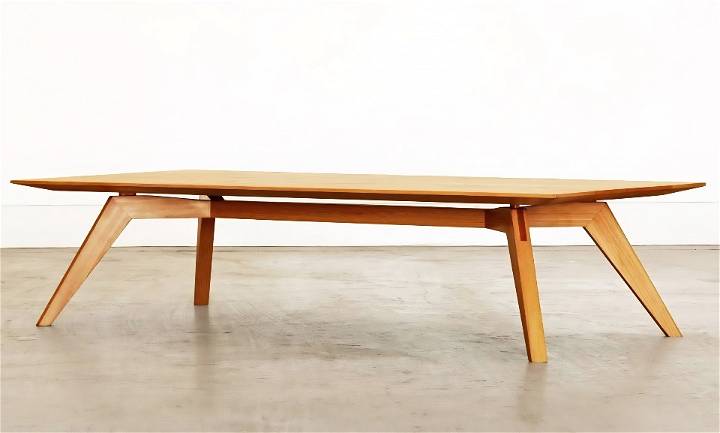
FAQs About DIY Modern Coffee Table
Building a modern coffee table yourself can be a rewarding project. It's a great way to add a personal touch to your living space. Here, I'll cover some frequently asked questions to help you get started on your DIY journey.
What type of wood should I use?
Hardwoods like walnut, teak, and oak are excellent choices for a mid-century modern coffee table. They are durable and have a beautiful grain that adds to the style. If you're on a budget, plywood or MDF with a veneer finish can be good alternatives.
What tools will I need?
For a basic DIY coffee table, you'll need a measuring tape, level, saw (circular, miter, or jigsaw), drill, screwdriver, sandpaper, and wood glue.
How do I ensure my coffee table is sturdy?
Using proper joinery techniques is key. A Domino Joiner or Biscuit Joiner can build strong, hidden joints. Also, ensure you use quality wood glue and clamps to secure the joints while the glue dries.
Can I make a modern coffee table without advanced woodworking skills?
Yes! There are many simple designs that require minimal tools and skills. For example, a coffee table using hairpin legs and a wood top can be assembled easily and still has a modern look.
How do I finish my coffee table?
After sanding your coffee table to a smooth finish, apply a sealer or wood finish that enhances the wood's natural beauty. Tung oil or polyurethane are good options for a durable finish.
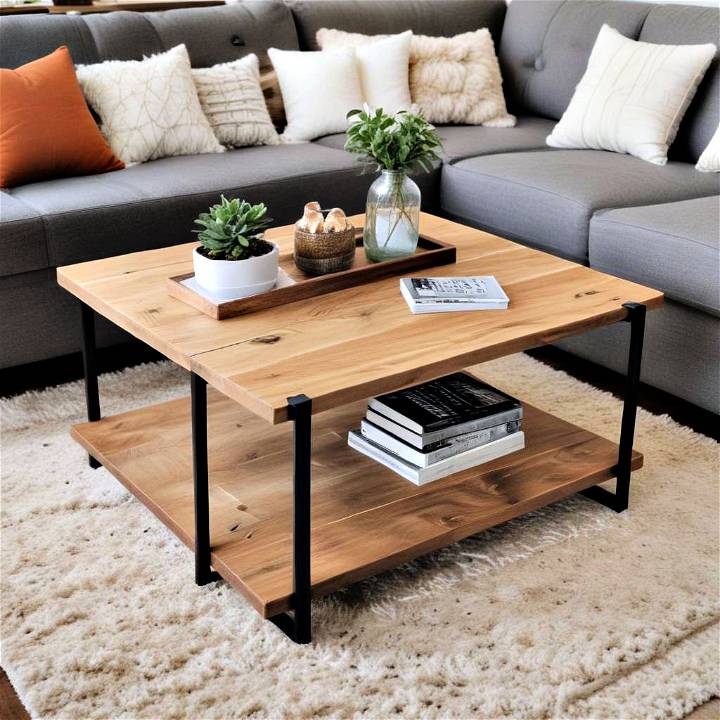
Conclusion:
Building this modern coffee table was a project of passion, combining years of experience with an eagerness to overcome challenges. Each step, from initial design to final finishing touches, was approached with a dedication to craftsmanship. This project not only enriched my understanding of woodworking but also resulted in a beautiful, sturdy piece of furniture I'm proud to have in my home.
Realizing this table was a journey that highlighted the beauty of DIY and woodworking: the ability to build something both delicate in appearance and robust in function. My hope is that this guide inspires you to tackle your woodworking projects, armed with the assurance that with the right approach and attention to detail, you, too, can build something truly special.


